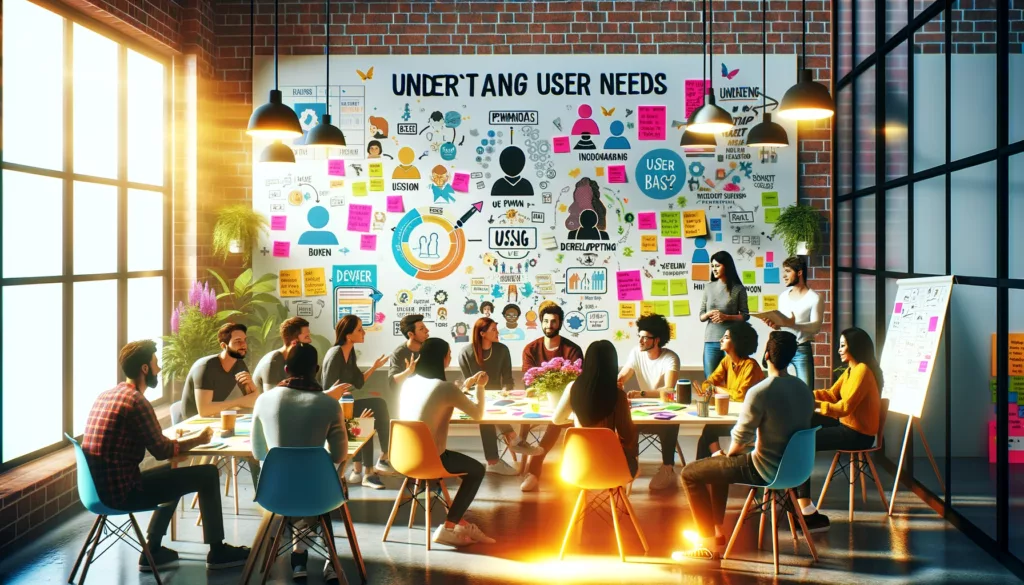
Is Apple’s AI Revolution at WWDC 2024 a Doomsday for AI-Based Independent Developers?
WWDC 2024 is approaching, with the event scheduled for June 11. Every year, after WWDC, Apple releases a slew of new embedded features, sparking extensive discussions on Twitter and various blog sites. Many independent developers often lament that Apple is monopolizing, with new embedded features potentially impacting their businesses or even ruining their livelihoods.
One of the earliest examples is the flashlight function. Before this feature was embedded, similar small utility apps were cash cows on the App Store. Many small manufacturers and independent developers liked to make these small tools. However, when Apple built this function in, it caused widespread distress. You can still find many flashlight apps on the App Store today, but they are clearly not the hottest apps anymore.
There are many subsequent examples. For instance, after Apple made the Podcast feature a standalone app, many developers of podcast apps felt the pressure. However, there are counterexamples. A popular Reddit post titled “Apple Podcasts is made by a 2 trillion dollar company and yet one developer bests it with Overcast; why?” suggests that despite Apple launching its own standalone podcast app, many people still prefer Overcast. In China, many people prefer apps like Xiaoyuzhou or Ximalaya.
Apple’s launch of Shortcuts, sleep tracking, Screen Time, and even Safari’s built-in ad-blocking features have all been criticized by some affected independent developers.
So, will Apple’s rumored embrace of large language models at WWDC 2024 hurt many independent developers?
The most immediate impact could be on voice memo apps. Apps like Rev or my friend’s team’s SlaxNote are AI-based voice memo apps that not only record voice memos but also use large language models to convert recordings into text, polish, and translate them. However, there are rumors that Apple will implement these capabilities in its built-in Voice Memos app at WWDC.
Additionally, apps that summarize articles might be affected as Safari is rumored to incorporate article summarization capabilities.
It’s easy to foresee that Apple’s own Notes app might also integrate AI capabilities, which could impact apps like Craft and Notion that have recently gained attention for integrating AI.
It is clear that email, message AI reply suggestion apps, photo AI editing apps, and more might be affected after the WWDC announcements.
So, what can be done? Here are a few strategies:
Deep Dive into User Needs and Build Your User Base

Apple’s built-in features are highly integrated and offer a great user experience but are often designed for the broadest user base. They may lack deep exploration and refinement of user experience for specific user groups. For example, Marco Arment’s Overcast has a unique podcast acceleration technology that compresses silence in audio files, creating a natural-sounding accelerated playback. Such unique ideas and research are unlikely to appear in Apple’s built-in apps. Another example is Apple’s sleep tracking, which utilizes the powerful capabilities of the Apple Watch, even monitoring body temperature during sleep. However, if you don’t buy an Apple Watch and only use an iPhone, you cannot track sleep. Additionally, it lacks a snore recording feature. An app I used before, Snail Sleep, records snoring to let you know how severe it is and what sleep talking you did. These unique features give sleep tracking apps their own space even when Apple Watch is prevalent.
Long-Term Strategy and Persistence

Many people see Apple’s products as invincible and very powerful. However, long-term use of Apple’s software and services reveals that Apple excels in hardware or hardware-software integrated products. Their ability to consistently update software and services is not as strong as competitors like Microsoft or Google. For instance, Siri was groundbreaking when it first launched, but its slow progress became evident once competitors like Google and Amazon entered the scene. Apple’s hardware is updated annually, and many software updates follow this frequency. Besides the major OS updates at WWDC, regular MacOS and iPhone software updates are often limited to security and minor adjustments, with few significant feature upgrades or user experience improvements. This means that if Apple releases a feature that surpasses or encompasses your product, you have a year to add new capabilities and user experience details. Meanwhile, Apple will quietly wait a year before potentially competing with you. Often, Apple’s software products remain unchanged for years, which is rare in today’s internet era.
Multi-Platform Strategy

Most of Apple’s apps won’t be available on other platforms. Some needs, like transferring files from Android to Mac or from iPhone to Windows PC, are naturally not areas Apple will likely venture into, giving third-party developers an advantage.
Fight Fire with Fire

Many developers overlook that Apple often updates its APIs when developing embedded features and apps. For example, Screen Time has an API, and Apple’s Health app has an API. Sometimes you can stand on Apple’s shoulders to compete with Apple by using their API to meet more in-depth and segmented needs.
In conclusion, Apple’s AI-based feature updates will undoubtedly challenge many independent developers of AI-based products, but they also present new opportunities.
About
create by tinyfool